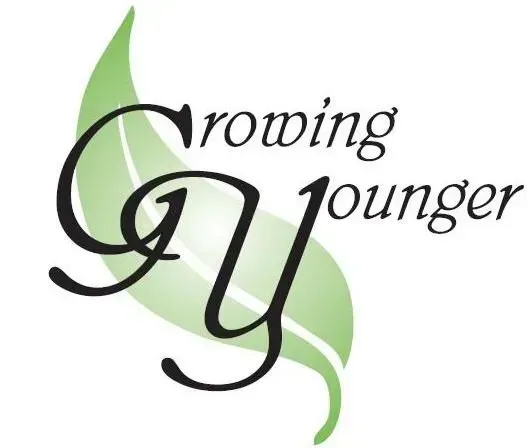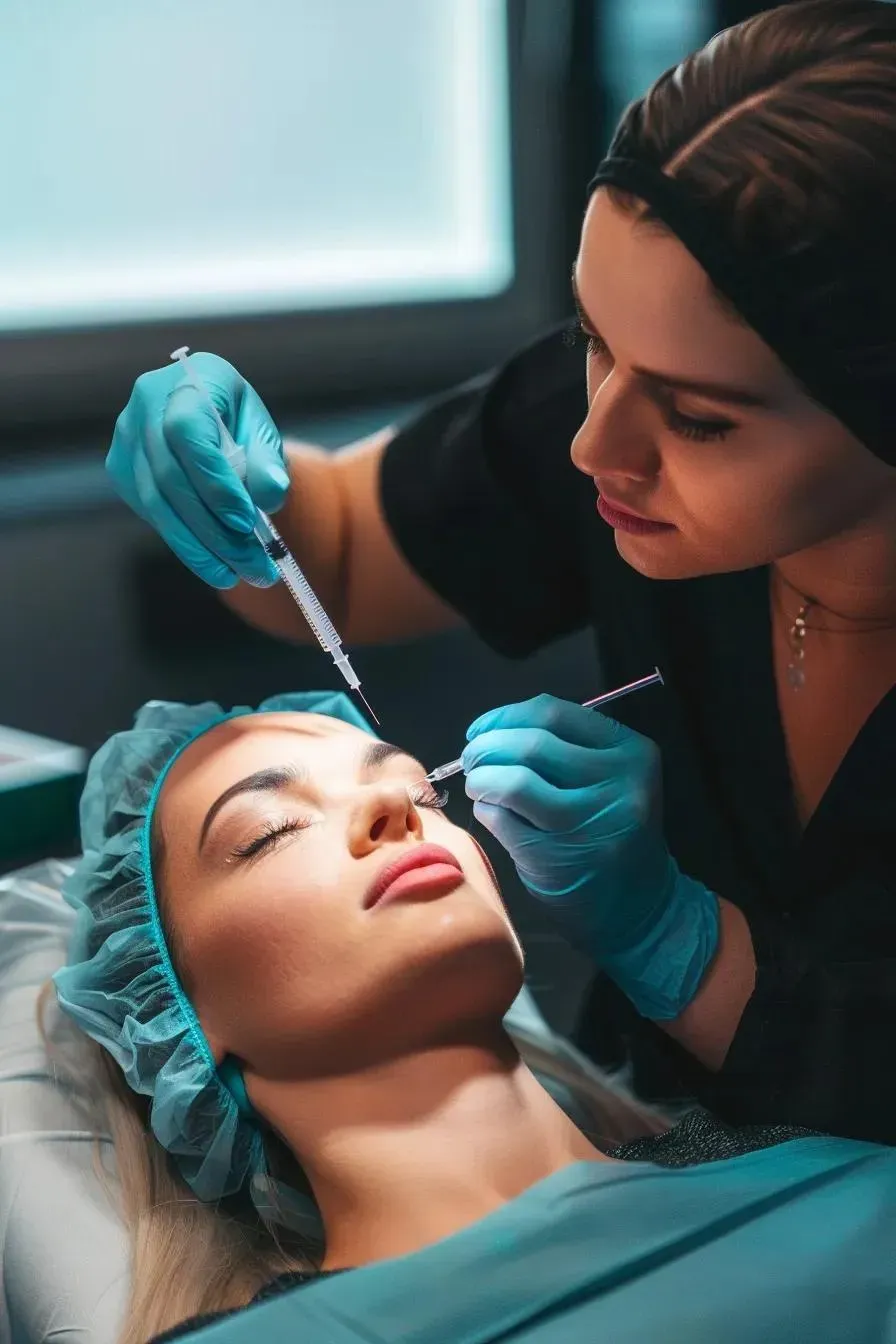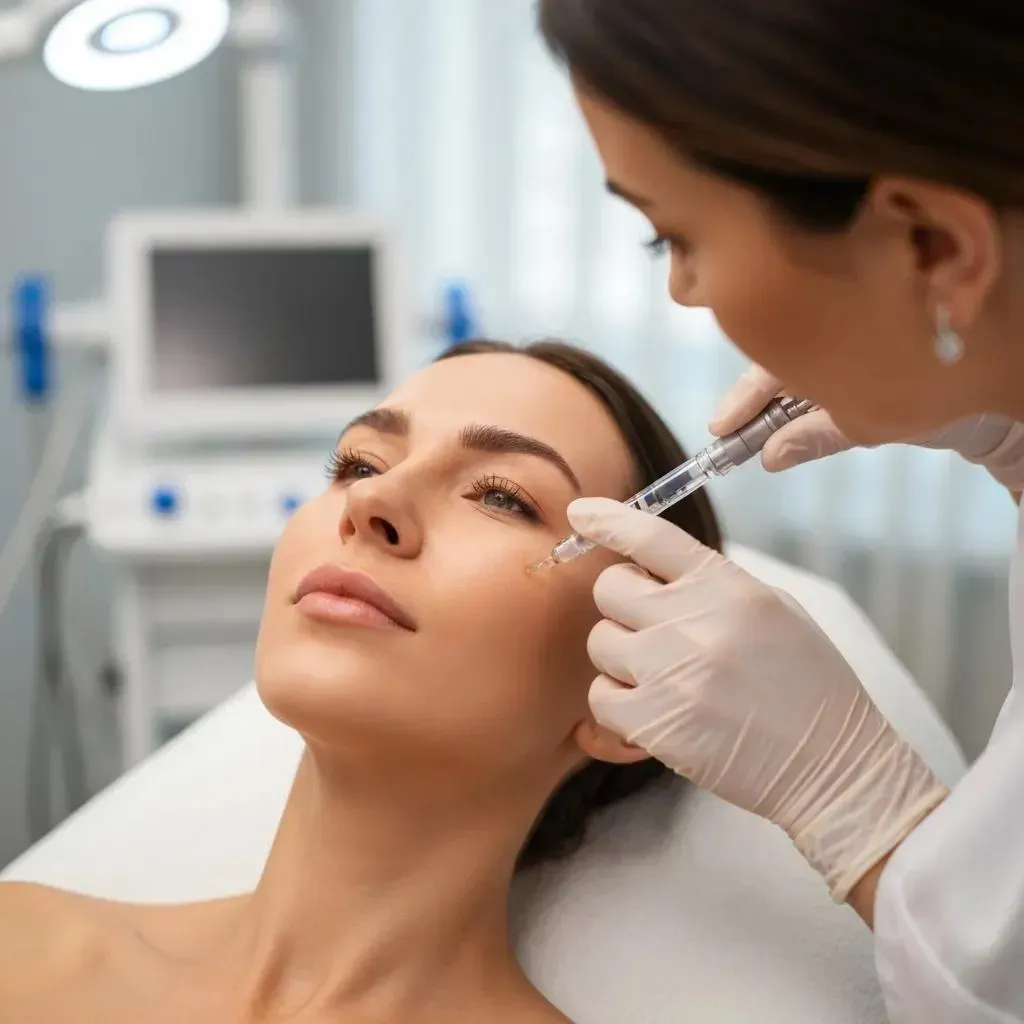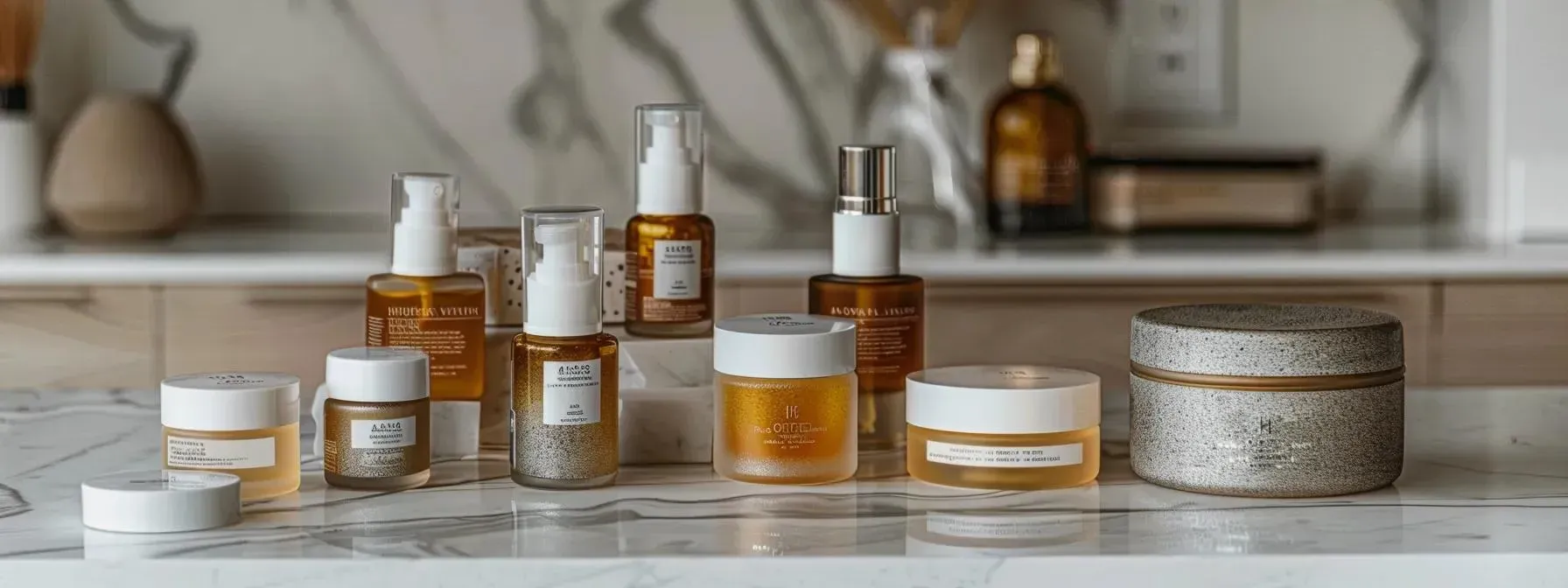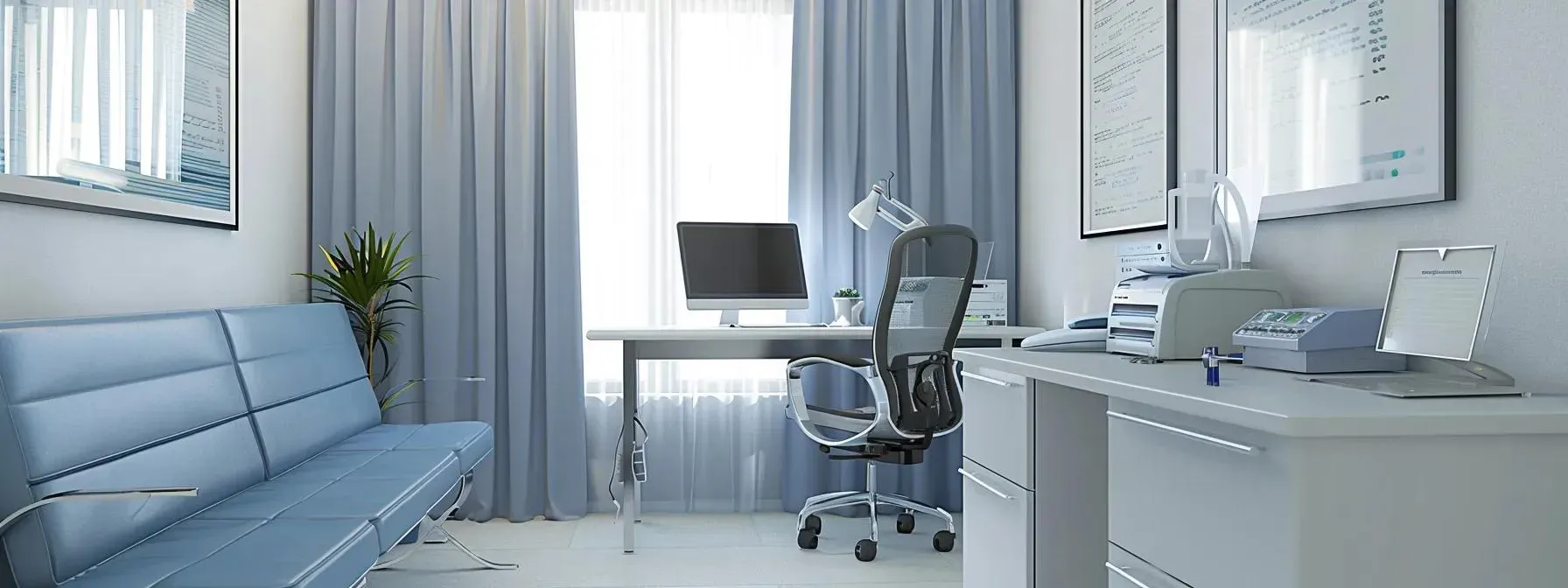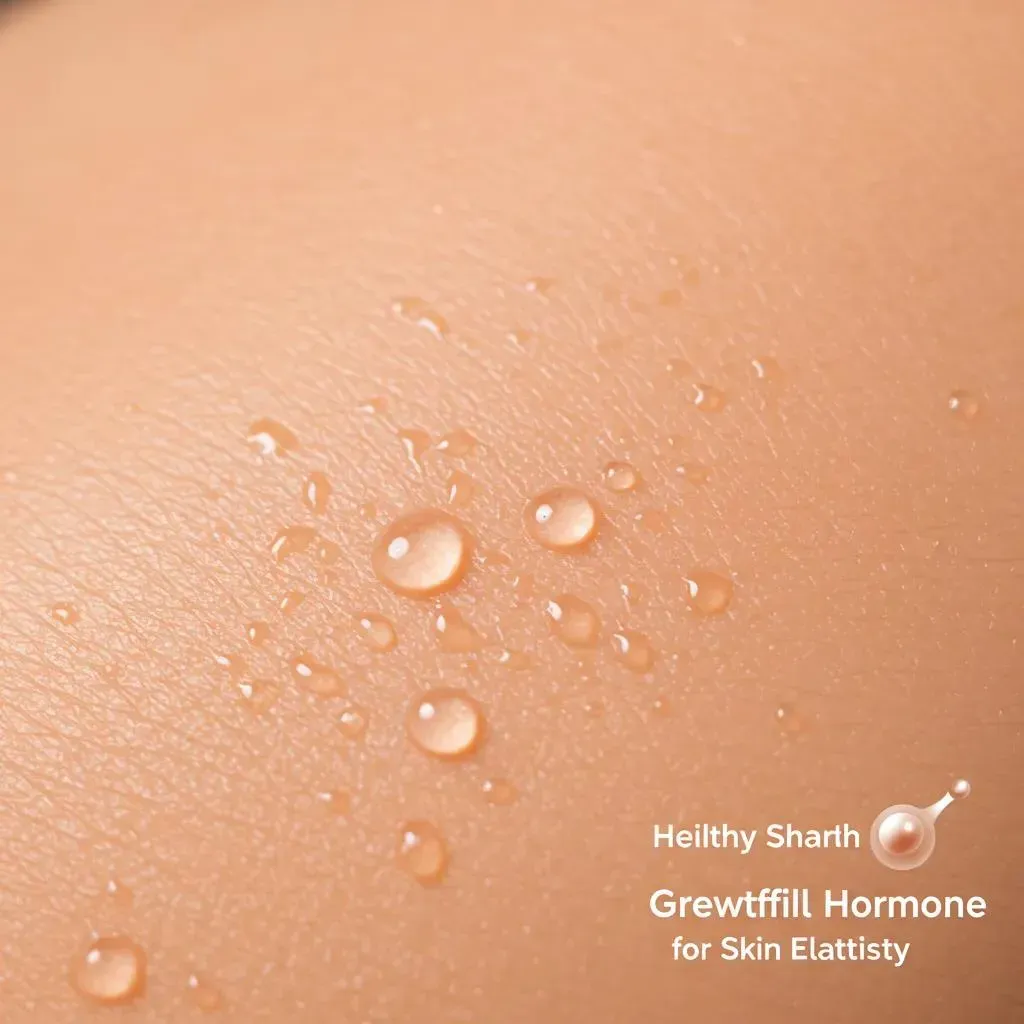Comparing Massage Techniques: Which One Relieves Pain Best?

Millions of adults in the U.S. grapple with persistent or sudden pain, often rooted in muscle tension, connective tissues, or inflammation. Discovering the right massage techniques can profoundly enhance your daily life and overall well-being. This guide will illuminate the most effective methods for easing persistent aches, compare approaches for specific conditions, explore the science behind pain reduction, detail condition-specific applications, outline what to expect during a professional session, and show how massage fits into a comprehensive wellness plan. You’ll also learn how to book a complimentary consultation at Growing Younger Clinic LLC in Madison, AL, where our skilled therapists customize every treatment to your unique needs.
What Are the Top Massage Techniques for Alleviating Chronic Pain?
When tackling ongoing discomfort, certain massage modalities truly shine due to their precision, depth, and adaptability. These methods excel at releasing long-held muscle tension, breaking down adhesions, and nurturing connective tissue health. Here are five leading techniques that our expert therapists employ to address chronic pain at its source.
How Does Deep Tissue Massage Ease Persistent Muscle Tension?
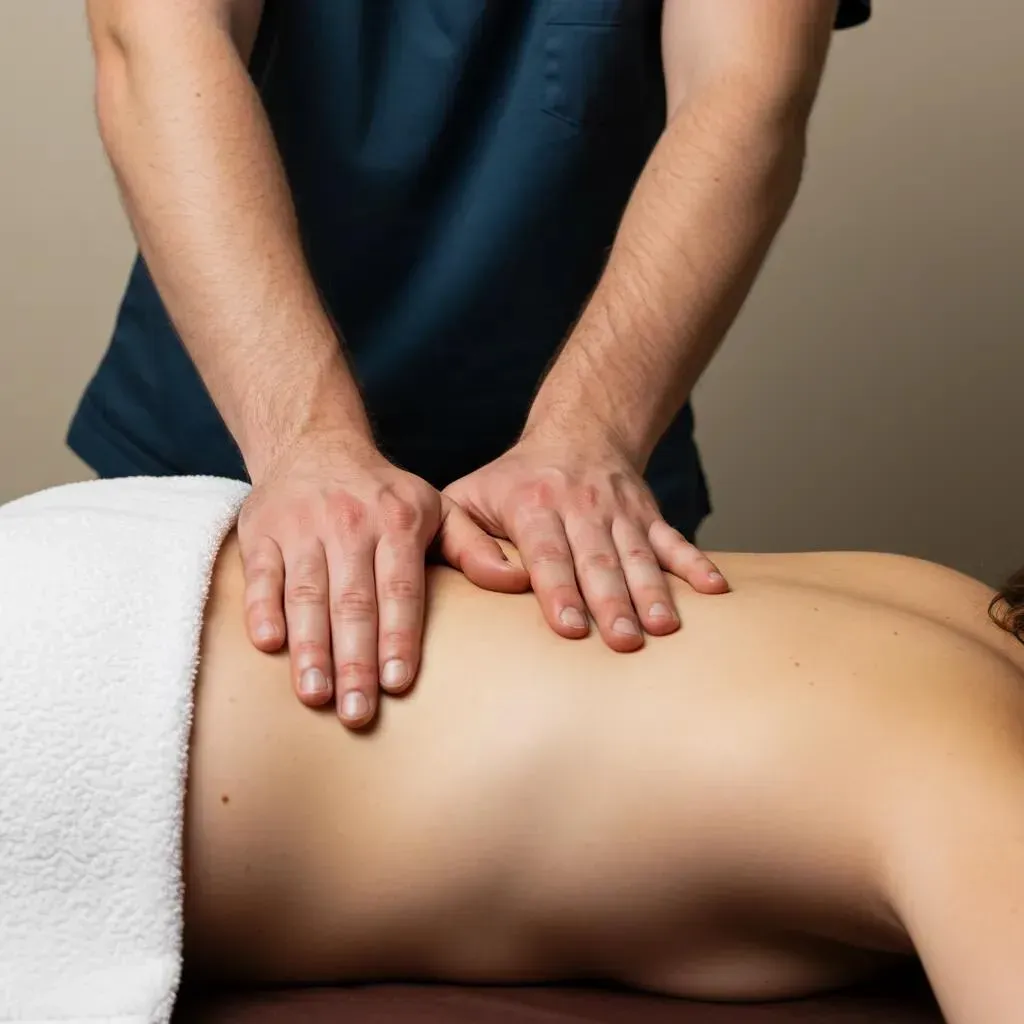
Deep tissue massage targets the deeper muscle and fascia layers to release stubborn tension. By applying sustained, focused pressure, therapists work to break down adhesions and scar tissue that limit movement and contribute to pain. This technique also boosts circulation, helping to clear inflammatory byproducts and deliver vital oxygen to compromised tissues. For instance, individuals experiencing chronic lower back pain often find significantly improved mobility and reduced discomfort after a series of sessions as tight muscle bands are effectively released.
Deep Tissue vs. Therapeutic Massage for Chronic Low Back Pain Relief
ABSTRACT: AbstractIntroduction: This study compared the effectiveness of two different kind of massage: therapeutic and deep tissue on chronic low back pain.Methods: The research was made on 26 patient aged from 60 to 75 years who were seperated into 2 groups: I [n=13] and II [n=13]. Group I had therapeutic massage [TM] which uses effleurage, petrissage, tapping and friction. Group II had deep tissue massage [DTM] which uses oblique pressure, a combination of lengthening and cross-fiber strokes, anchor and stretch, freeing muscle from entrapment. TM and DTM lasted for 10 days, each 30 min and were made by qualify massage therapist. Both groups did not have other treatment. Outcome measures obtained at baseline and after treatment consisted of Modified Oswestry Low Back Pain Disability Index [ODI], Quebec Back Pain Disability Scale[QBPD] and Visual Analog Scale [VAS].Results: There was not statistically significant differences between groups according to age and BMI. Statistically significant dif
A comparison of the effects of deep tissue massage and therapeutic massage on chronic low back pain, 2012
What Is Trigger Point Therapy and How Does It Address Muscle Knots?
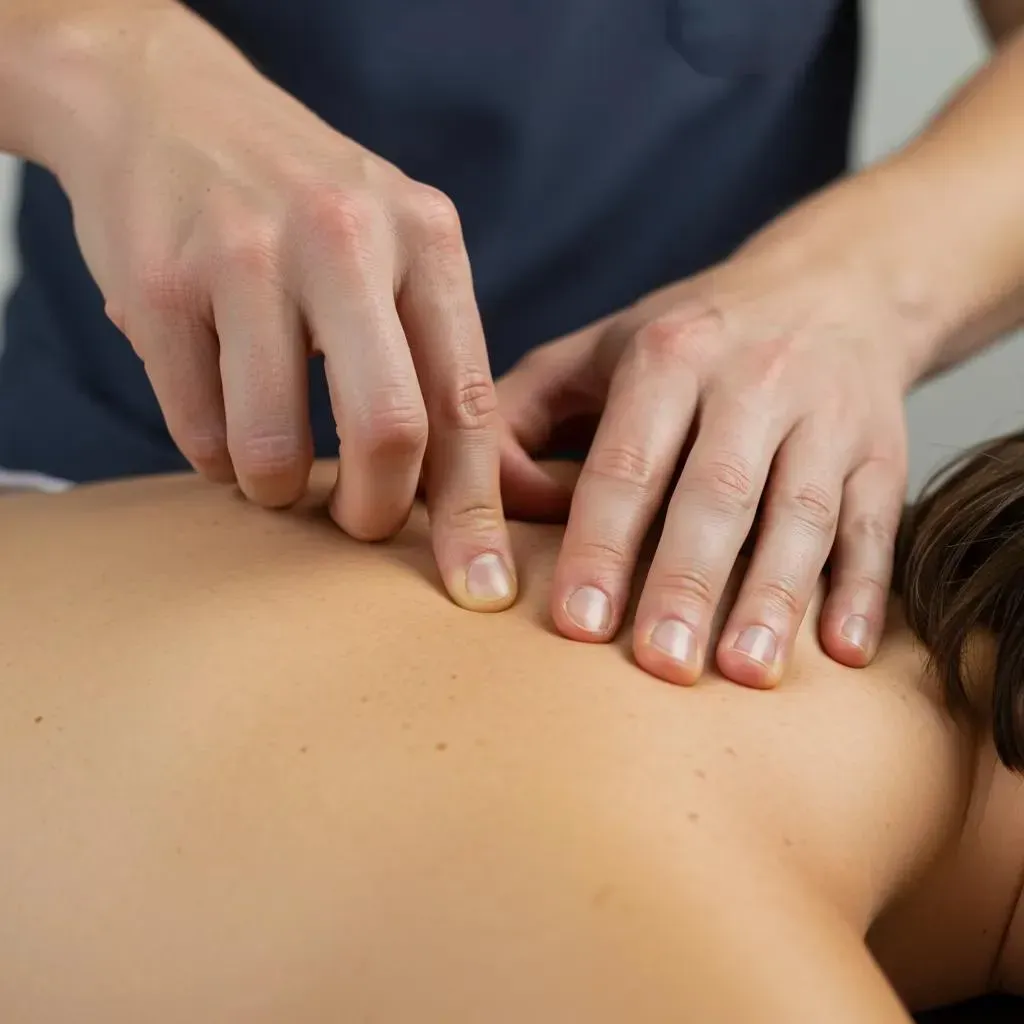
Trigger point therapy focuses on identifying and deactivating hyperirritable spots within muscles, commonly known as “knots.” By applying precise pressure to these points, we interrupt the pain referral patterns that cause discomfort to radiate to other areas. This method helps release accumulated metabolic waste and enhances local circulation, providing immediate relief for issues like headaches, shoulder stiffness, and pain radiating into the limbs. Clients frequently report a reduction in headache frequency after targeted sessions on their neck and upper shoulder areas.
How Does Myofascial Release Therapy Enhance Pain Relief and Mobility?
Myofascial release therapy utilizes gentle, sustained stretching of the fascia—the connective tissue web surrounding your muscles—to alleviate restrictions and improve tissue elasticity. Fascial restrictions can lead to radiating pain and stiffness, often seen in conditions like fibromyalgia or postural imbalances. By guiding the fascia back into its optimal alignment, our therapists promote enhanced range of motion and reduced pain signals. Clients experiencing chronic neck stiffness often notice improved flexibility and decreased tension after a series of fascial release sessions.
When Is Swedish Massage Ideal for Mild to Moderate Pain?
Swedish massage employs long, gliding strokes, kneading, and gentle tapping to relax superficial muscle layers and boost circulation. This soothing approach effectively reduces mild to moderate discomfort by easing muscle tension and increasing blood flow without requiring intense pressure. It’s an excellent choice for those new to massage, individuals with lower pain thresholds, or anyone seeking stress reduction that also alleviates tension headaches and general stiffness. Many first-time clients at Growing Younger Clinic LLC opt for Swedish massage to combine relaxation with gentle pain relief.
How Does Sports Massage Aid in Injury Recovery and Pain Prevention?
Sports massage integrates deep tissue techniques, targeted stretching, and active movements to address muscular imbalances common in athletes and active individuals. It promotes muscle recovery by reducing lactic acid buildup, preventing adhesions, and enhancing flexibility. Pre-event sports massage can warm up tissues and lower injury risk, while post-event treatments accelerate healing and minimize delayed-onset muscle soreness. Regular sessions help runners, weightlifters, and other athletes maintain peak performance and prevent recurring strains.
Massage Mechanisms: Performance, Recovery, and Injury Prevention Benefits
1. Many coaches, athletes and sports medicine personnel hold the belief, based on observations and experiences, that massage can provide several benefits to the body such as increased blood flow, reduced muscle tension and neurological excitability, and an increased sense of well-being. Massage can produce mechanical pressure, which is expected to increase muscle compliance resulting in increased range of joint motion, decreased passive stiffness and decreased active stiffness (biomechanical mechanisms). Mechanical pressure might help to increase blood flow by increasing the arteriolar pressure, as well as increasing muscle temperature from rubbing. Depending on the massage technique, mechanical pressure on the muscle is expected to increase or decrease neural excitability as measured by the Hoffman reflex (neurological mechanisms). Changes in parasympathetic activity (as measured by heart rate, blood pressure and heart rate variability) and hormonal levels (as measured by cortisol levels) following massage result in a relaxation response (physiological mechanisms). A reduction in anxiety and an improvement in mood state also cause relaxation (psychological mechanisms) after massage. Therefore, these benefits of massage are expected to help athletes by enhancing performance and reducing injury risk. However, limited research has investigated the effects of pre-exercise massage on performance and injury prevention.
The mechanisms of massage and effects on performance, muscle recovery and injury prevention, PA Hume, 2005
How Do Different Massage Techniques Compare for Specific Pain Conditions?
Selecting the optimal massage modality hinges on the nature and location of your pain. The table below compares five key techniques across common conditions to guide you toward the most effective strategy.
| Technique | Ideal Condition | Pressure Level | Primary Benefit | Recommended Frequency |
|---|---|---|---|---|
| Deep Tissue Massage | Chronic lower back pain | Firm to intense | Breaks adhesions, improves circulation | Every 2–4 weeks |
| Trigger Point Therapy | Tension headaches & muscle knots | Focused moderate | Releases referred pain, deactivates knots | Every 3 weeks |
| Myofascial Release | Fibromyalgia & fascial stiffness | Gentle sustained | Restores fascia elasticity, eases tension | Weekly or biweekly |
| Swedish Massage | Mild to moderate general pain | Light to moderate | Relaxes muscles, reduces stress | Weekly |
| Sports Massage | Injury recovery & performance | Variable (light–firm) | Enhances flexibility, prevents strains | As needed around events |
Each modality targets distinct tissue layers and pain pathways, helping you pinpoint the best choice for your specific discomfort and lifestyle.
How Does Massage Therapy Work to Provide Pain Relief?
Massage therapy alleviates pain through a synergistic interplay of mechanical, neurological, and biochemical pathways that work together to restore tissue health and calm the nervous system. Understanding these mechanisms will highlight how regular treatments can become a cornerstone of your effective pain management strategy.
How Does Massage Reduce Muscle Tension and Improve Circulation?
Massage applies mechanical compression and stretching to physically release tight muscle fibers. This action lifts the muscle fascia, allowing for improved blood vessel flow. Enhanced circulation delivers essential oxygen and nutrients for tissue repair while efficiently flushing out metabolic waste products like lactic acid. For example, increased microcirculation in the lumbar region following deep tissue sessions supports the healing of chronically tense back muscles.
What Role Do Endorphins and Nervous System Relaxation Play in Pain Relief?
Massage stimulates the release of endorphins and serotonin—your body’s natural pain relievers and mood regulators—within the central nervous system. This biochemical response effectively reduces the perception of pain and fosters a profound sense of relaxation. Concurrently, gentle, rhythmic strokes activate the parasympathetic nervous system, lowering levels of stress hormones like cortisol. The combined effect creates a tranquil internal environment that interrupts chronic pain cycles and supports mental well-being.
How Does Massage Therapy Decrease Inflammation and Promote Healing?
The mechanical pressure exerted during massage can help suppress pro-inflammatory cytokines and boost the circulation of anti-inflammatory compounds. This shift in inflammatory mediators accelerates tissue repair and reduces swelling. Clinical studies have shown that participants receiving regular massage sessions exhibit reduced markers of systemic inflammation, leading to measurable pain reduction and faster recovery from musculoskeletal injuries.
Can Regular Massage Therapy Support Long-Term Pain Management?
Absolutely. Consistent massage treatments help train your body to maintain optimal muscle tone, flexibility, and circulatory health over time. Sustained improvements in connective tissue alignment and neuromuscular balance lead to a decrease in the frequency and intensity of pain episodes. Integrating periodic sessions into your wellness routine can effectively prevent flare-ups of chronic conditions like arthritis or sciatica, thereby enhancing long-term function.
Which Pain Conditions Can Benefit Most from Massage Therapy?
Massage therapy offers effective relief for a broad spectrum of musculoskeletal and neuropathic complaints. By tailoring techniques to specific conditions, our therapists can maximize your comfort and functional improvements.
How Does Massage Help Relieve Lower Back Pain?
Lower back pain often originates from tight paraspinal muscles, fascial restrictions, and poor circulation. Deep tissue and myofascial release techniques specifically target these core structures to alleviate stiffness and restore lumbar mobility. Focused sessions on the erector spinae and gluteal muscles help break tension patterns, reducing pressure on spinal nerves and improving posture over time.
What Are the Best Massage Approaches for Neck and Shoulder Pain?
Tension in the trapezius and levator scapulae muscles frequently causes neck and shoulder discomfort. Trigger point therapy precisely targets knotted areas that refer pain to the head and arms, while Swedish massage promotes relaxation of superficial muscle fibers. Combining these techniques in a single session effectively addresses both acute stiffness and underlying muscular imbalances, leading to lasting relief.
Can Massage Therapy Alleviate Fibromyalgia and Arthritis Pain?
Gentle modalities such as myofascial release, Swedish massage, and light sports massage can effectively ease joint-related pain and fibromyalgia-associated tenderness. By enhancing lymphatic drainage and reducing systemic inflammation, these therapies decrease pain sensitivity. Clients with arthritis often report improved joint mobility and reduced stiffness following a tailored series of gentle releases and circulatory enhancements.
How Is Massage Used to Manage Sciatica and Nerve-Related Pain?
Sciatica involves irritation of the sciatic nerve, often caused by muscle tightness or spinal misalignment. Deep tissue techniques applied to the piriformis muscle and surrounding structures help relieve compression on the nerve root. Myofascial release further eases fascial restrictions along the sciatic pathway, reducing radiating leg pain and restoring comfortable mobility.
What Massage Techniques Are Effective for Tension Headaches and Migraines?
Trigger point therapy applied to the suboccipital region and upper trapezius helps deactivate the tight muscle bands that frequently initiate tension headaches. Craniosacral-inspired techniques, involving gentle cranial and cervical mobilizations, support migraine relief by normalizing cerebrospinal fluid flow and relaxing dural membranes. Many migraine sufferers experience fewer and less intense episodes with regular, targeted sessions.
What Should You Expect During a Massage Therapy Session for Pain Relief?
Professional sessions at Growing Younger Clinic LLC follow a clear, client-focused process designed to ensure your comfort, safety, and optimal results. Understanding each stage will prepare you for a successful therapy experience.
How Is a Deep Tissue or Trigger Point Massage Session Conducted?
A deep tissue or trigger point session begins with a thorough consultation to identify your specific pain areas and review your medical history. Therapists use oil or lotion to minimize friction and then apply firm, sustained pressure using their elbows, forearms, or knuckles. Open communication regarding pressure intensity is crucial, guiding the therapist to achieve maximum release without causing undue discomfort. Sessions typically last 60 minutes, focusing initially on problem areas and concluding with gentle effleurage to promote circulation.
What Are the Sensations and Possible Side Effects of Myofascial Release?
During myofascial release, you might experience a gentle pulling or stretching sensation rather than direct pressure. Some areas with tighter fascia may elicit mild discomfort as restrictions begin to release. Temporary soreness or slight bruising can occasionally occur but typically resolves within 24–48 hours. Staying hydrated and performing gentle stretches afterward aids optimal tissue healing and reinforces the treatment benefits.
How Do Therapists Customize Massage Techniques for Individual Pain Needs?
Our therapists at Growing Younger Clinic LLC conduct a comprehensive assessment of your posture, range of motion, and pain triggers during your initial intake. Based on these findings, they skillfully blend techniques—such as deep tissue for muscle knots and Swedish massage for relaxation—to create a truly personalized protocol. Adjustments in pressure, session duration, and technique sequencing ensure that each treatment aligns perfectly with your pain thresholds and therapeutic goals.
What Are the Benefits of Scheduling a Free Consultation at Growing Younger Clinic?
A complimentary consultation offers a no-obligation opportunity to discuss your pain history, treatment preferences, and overall wellness aspirations with a licensed therapist. This session allows us to develop a customized plan that seamlessly integrates massage therapy into your broader anti-aging and vitality regimen. By mapping out targeted strategies and expected outcomes, you gain clear insight into how regular treatments can restore function, reduce discomfort, and support your holistic health journey.
How Can Massage Therapy Be Integrated into Your Overall Wellness and Pain Management Plan?
Massage therapy serves as a powerful complement to a comprehensive health approach, addressing the mechanical, circulatory, and neurological aspects of pain. When combined with our other clinic services, it becomes an invaluable partner in your pursuit of vitality.
How Does Massage Complement Other Anti-Aging and Wellness Services?
Massage enhances lymphatic drainage and circulation, which in turn supports skin health and promotes collagen production—key elements for anti-aging treatments. It also prepares muscles and connective tissues for aesthetic procedures by reducing tension and inflammation. Clients often combine regular massage sessions with facial therapies and body contouring treatments to optimize results and maintain a youthful, energetic appearance.
What Are the Advantages of Regular Massage for Stress Reduction and Vitality?
Frequent massage sessions effectively lower cortisol levels and boost mood-enhancing neurotransmitters like serotonin and dopamine. This hormonal balance significantly reduces stress, improves sleep quality, and enhances overall energy levels. Over time, decreased stress translates to fewer pain flare-ups, improved cognitive focus, and a stronger sense of overall well-being.
How Can Massage Therapy Enhance Mobility and Support Weight Management?
By improving flexibility, reducing muscle soreness, and enhancing circulation, massage makes physical activity more comfortable and sustainable. Clients who combine massage with exercise and nutritional guidance often find it easier to maintain an active lifestyle, leading to more effective weight management and a boosted metabolism.
Why Choose Growing Younger Clinic for Professional Massage Therapy in Madison, AL?
Growing Younger Clinic LLC provides a unique, family-owned, medically oriented spa environment with over a decade of dedicated experience in pain relief and wellness. Our licensed therapists expertly integrate advanced techniques—ranging from deep tissue to myofascial release—to address your specific needs. With convenient same-day appointments, a holistic anti-aging focus, and a guaranteed free consultation, you receive personalized care designed to restore function and enhance your vitality.
What Are Common Questions About Massage Techniques for Pain Relief?
When considering massage for pain relief, clients frequently ask specific questions to help them choose the most suitable approach. Below are direct answers to common inquiries regarding technique selection, safety, frequency, and contraindications.
What Type of Massage Is Best for Chronic Pain?
Deep tissue massage and myofascial release are typically the most effective for chronic pain as they target deeper muscle layers and fascial restrictions. These modalities excel at breaking down adhesions, improving circulation, and promoting long-term tissue flexibility.
Is Deep Tissue Massage Painful or Safe for Everyone?
Deep tissue massage involves intense pressure that may cause temporary discomfort, but it should never be excruciating. Licensed therapists skillfully adjust the pressure to each client’s tolerance level. Individuals with certain conditions—such as acute inflammation or recent surgery—should always consult a medical professional before undergoing deep tissue treatments.
How Often Should I Get a Massage for Effective Pain Relief?
For chronic conditions, weekly or biweekly sessions are generally recommended until pain subsides and mobility improves. Once symptoms are well-managed, monthly maintenance sessions help sustain the benefits. The ideal frequency is personalized based on pain severity, lifestyle factors, and your overall wellness objectives.
Can Massage Help Reduce Inflammation and Headache Frequency?
Yes. Massage stimulates the production of anti-inflammatory compounds and enhances lymphatic drainage, effectively reducing systemic inflammation. Trigger point therapy applied to the neck and shoulders can significantly decrease the intensity and frequency of tension headaches and migraines by releasing the tight muscle bands that often trigger pain.
Are There Any Conditions Where Massage Therapy Is Not Recommended?
Individuals with uncontrolled blood clotting disorders, severe osteoporosis, active infections, or certain cardiovascular conditions should avoid or modify massage techniques. A licensed therapist or healthcare provider should always evaluate potential contraindications before scheduling treatment.
Massage therapy offers a versatile and powerful toolkit for addressing both chronic and acute pain, encompassing techniques from deep tissue and trigger point work to myofascial release and sports massage. By understanding the mechanisms, benefits, and ideal applications of each technique, you can confidently select the right modality for your specific condition. Scheduling a free consultation at Growing Younger Clinic LLC empowers you to develop a personalized, integrated plan that combines massage with other advanced anti-aging and wellness services. Entrust your care to our professional, highly trained therapists in Madison, AL, to restore your comfort, enhance your mobility, and support lasting vitality through targeted pain relief therapies.
